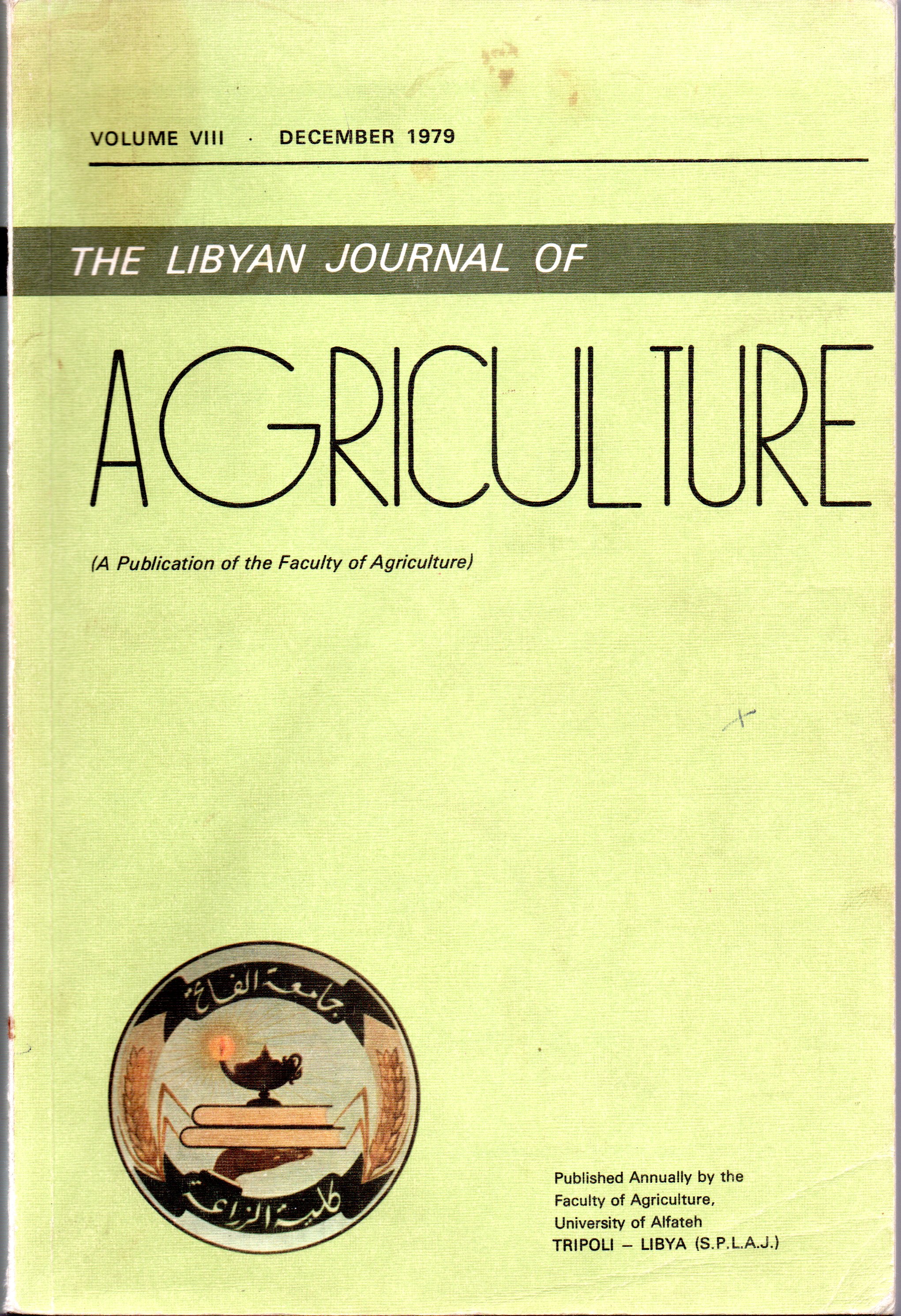The Effect of Clomid (Clomiphene Citrate) on Chickens I. Laying Performance
Main Article Content
Abstract
Thirty-two Single Comb White Leghorn-type pullets, 24 weeks of age, were housed in individual cages and raised under standard feeding and management practices. After being in production for one month, the pullets were divided into two groups. Each pullet in the first group was force-fed 2 mg clomid (as a source of clomiphene citrate produced by Merrell Toraude Co., Paris), suspended in 1 ml sterile saline, daily. Each pullet in the second group, acting as a control, was force-fed 1 ml sterile saline daily. Force feeding of clomid significantly increased egg production and feed intake of the pullets. However, egg weight, shell thickness, efficiency of egg production (expressed as the amount of feed required to produce a dozen eggs), and body weight gain did not differ between the treated and control pullets.
As for other physiological effects, clomid significantly increased the average weight of each of the ovary, oviduct, adrenal and thyroid.

